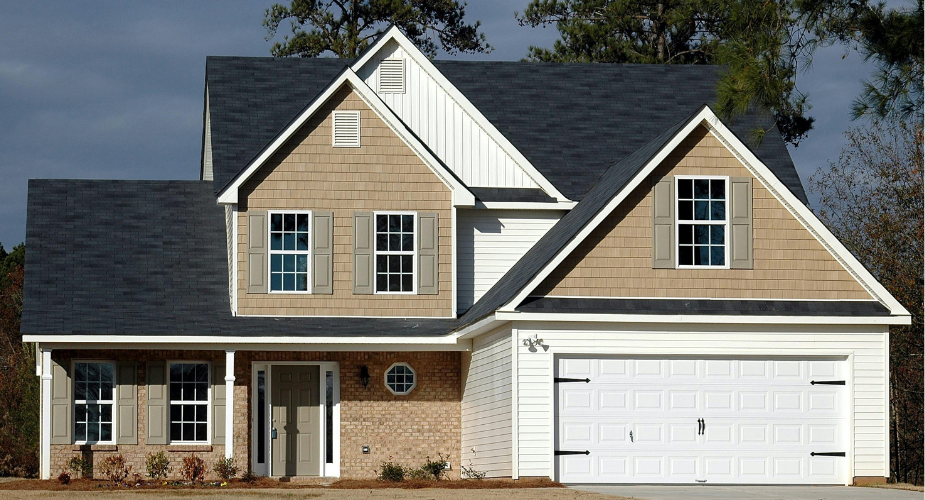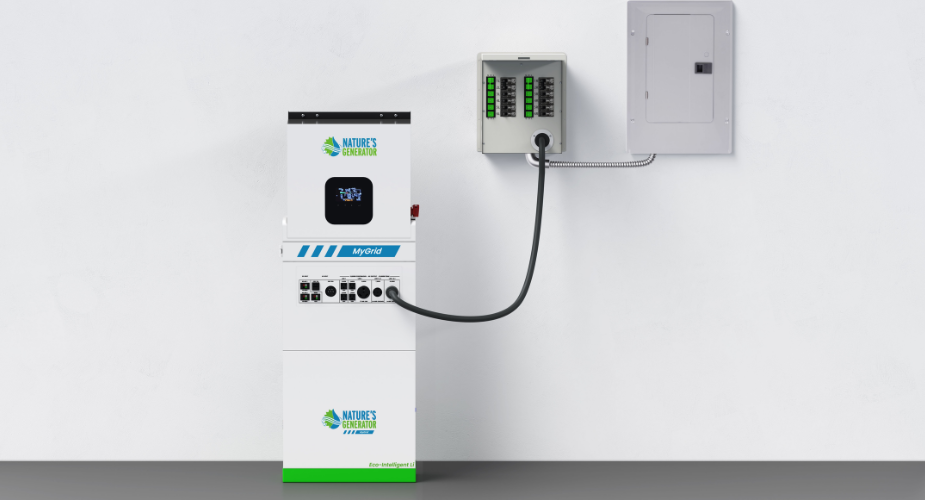Power outages are an unfortunate reality in many parts of the US. Often caused by extreme weather events like bushfires, hurricanes, and intense storms. To safeguard against these disruptions, people are turning to backup generators as a reliable source of power during outages. However, simply owning a generator isn't enough. To safely and efficiently connect a generator to your home or business’s electrical system, an electric generator transfer switch is essential. This often-overlooked device plays a critical role in ensuring your power source transitions smoothly and safely when the grid goes down.

Electric Generator Automatic Transfer Switch
- What Is an Electric Generator Transfer Switch?
- Why You Need a Transfer Switch
- Types of Generator Transfer Switches
- Choosing the Right Transfer Switch
What Is an Electric Generator Transfer Switch?
An electric generator transfer switch is a specialized electrical device that connects a generator to your home or business’s electrical system. Its main job is to switch the power source from the main electricity grid to your generator during a power outage—and back again when the grid is restored. This allows your appliances and systems to continue operating without manual rewiring or running extension cords through doors and windows.
When installed, the transfer switch isolates your electrical circuits from the grid. This is crucial because it prevents backfeeding—a dangerous situation where electricity from your generator could flow back into the grid, posing serious risks to utility workers and damaging equipment.
Why You Need a Transfer Switch
Investing in an electric generator transfer switch isn’t just about convenience—it’s about safety, compliance, and protecting your valuable appliances and electrical systems. Here’s why this device is essential in any generator setup:
Safety First
One of the primary safety features of a transfer switch is its ability to prevent backfeeding. Backfeeding occurs when power from your generator flows back into the main grid, potentially endangering utility workers and causing damage to the electrical infrastructure. A transfer switch isolates your property’s circuits from the grid, ensuring your generator only powers your internal systems—nothing more.
Seamless and Convenient Power Transition
With a transfer switch in place, switching to backup power becomes a smooth and hassle-free process. If you're using an automatic transfer switch (ATS), the transition happens within seconds of a power outage—without you needing to lift a finger. Even with a manual switch, there’s no need to run extension cords or individually connect appliances. The generator powers selected circuits directly, keeping key systems like lighting, fridges, and heating running without interruption.
Protects Your Appliances and Electrical System
Improper or unstable connections between a generator and your home’s wiring can result in power surges, overloads, or inconsistent voltage—potentially damaging sensitive electronics and major appliances. A transfer switch helps manage the load more effectively and ensures that only appropriate circuits receive power, minimizing the risk of costly repairs or replacements.
Types of Generator Transfer Switches
When choosing a generator transfer switch, it's important to understand the two main types available: manual transfer switches and electric generator automatic transfer switches (ATS). Each type suits different needs depending on your budget, usage frequency, and the importance of maintaining uninterrupted power.
Manual Transfer Switches
A manual transfer switch is the more budget-friendly option and is often used in residential setups where power outages are rare or short-lived. As the name suggests, it requires the user to manually switch the power source from the mains to the generator during a blackout—and then back again once the grid power is restored.
Ideal For:
-
Homeowners looking for an affordable backup solution
-
Properties in areas with infrequent outages
-
Users comfortable with operating the switch during an outage
Pros:
-
Lower installation and equipment costs
-
Simple operation and maintenance
-
Great for powering selected circuits only
Cons:
-
Requires manual operation during outages
-
Delay in restoring power compared to ATS
-
Not ideal for properties with critical systems
Automatic Transfer Switches (ATS)
An automatic transfer switch (ATS) takes the hassle out of switching. It monitors your mains power and automatically starts the generator and switches the power source if an outage occurs—usually within seconds. When mains power is restored, it switches back and shuts off the generator.
Ideal For:
-
Homes or businesses needing uninterrupted power
-
Medical facilities or people using life-sustaining equipment
-
Commercial setups with critical operations
Pros:
-
Fully automatic and fast-acting
-
Provides seamless power transitions
-
Offers better safety and convenience
Cons:
-
Higher upfront and installation cost
-
Requires more complex setup
-
Typically needs professional servicing
Choosing the Right Transfer Switch
Selecting the right transfer switch for your generator setup depends on a few key factors. Not all systems are the same, and choosing one that suits your needs will ensure optimal performance, safety, and peace of mind during power outages.
1. Generator Size and Capacity
The size of your generator—measured in kilowatts (kW)—directly impacts which transfer switch you’ll need. A smaller portable generator used to power just a few essential circuits can pair well with a manual transfer switch. Larger, whole-house generators or solar battery systems, however, require a more robust switch, often automatic, to manage the greater load and switch more circuits efficiently.
2. Type of Building: Residential vs. Commercial
Residential homes typically don’t require as complex a setup as commercial buildings. For most households, a manual switch may suffice—especially if the goal is to keep only the essentials running. On the other hand, businesses, medical facilities, or homes with critical systems (such as sump pumps or medical devices) benefit from the convenience and reliability of an automatic transfer switch (ATS).
3. Frequency of Power Outages
If you live in an area prone to frequent or prolonged outages—such as rural communities, bushfire zones, or places with ageing grid infrastructure—an ATS is well worth the investment. For more stable areas where outages are rare and short-lived, a manual switch might do the trick.
4. Product and Feature Recommendations
For those looking for a reliable, all-in-one solution, we recommend the Nature's Generator MyGrid 10K with Transfer Switch for House Battery Backup. This electric generator transfer switch offers a seamless backup power experience, complete with an integrated transfer switch designed for residential use. It’s ideal for households seeking to power multiple circuits, including lighting, fridges, internet, and essential appliances.
Key Features:
-
10kWh battery capacity suitable for whole-home or extended use
-
Pre-wired transfer switch for simplified installation
-
Eco-friendly and solar-compatible system
-
Quiet operation with no fuel required
Conclusion
An electric generator transfer switch is the heart of a safe and efficient backup power setup. It ensures your generator can supply electricity to your home or business without risking backfeeding, damaging appliances, or breaching electrical regulations. From the budget-friendly simplicity of a manual switch to the seamless operation of an automatic transfer switch (ATS), there’s a solution to match every need and budget. Choosing the right transfer switch comes down to understanding your generator, your property’s power needs, and how often you experience outages. Products like the Nature's Generator MyGrid 10K offer an all-in-one solution for those seeking reliability, sustainability, and ease of use.
Don’t wait for the next blackout, equip your generator with the right transfer switch and stay powered, protected, and prepared.













